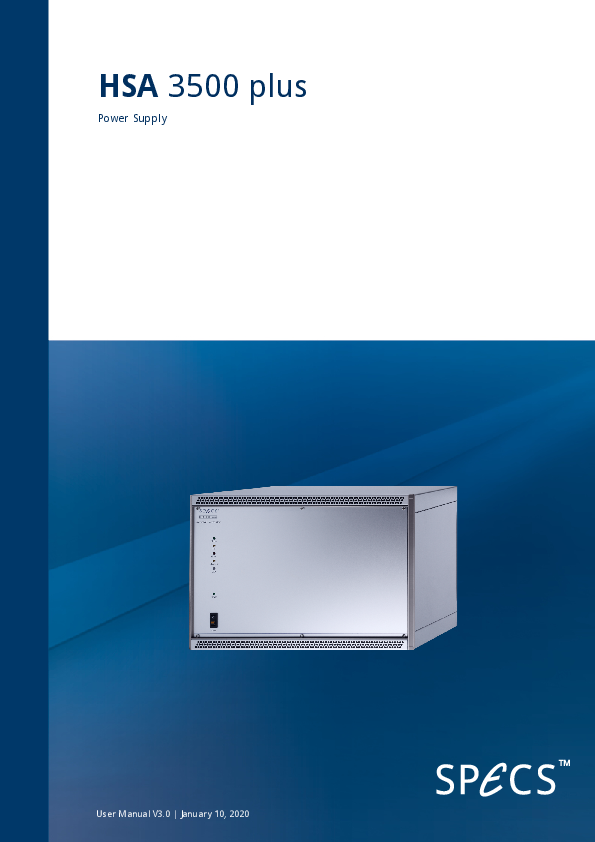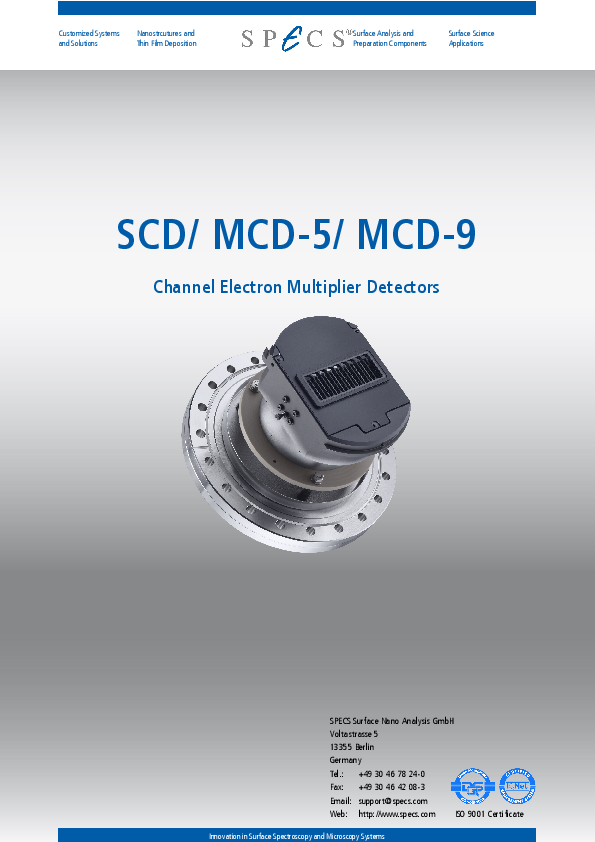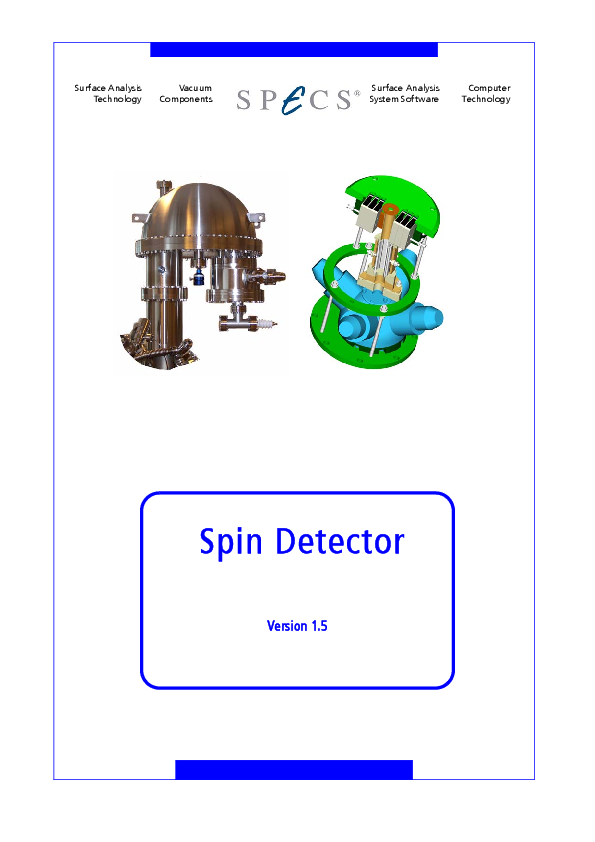 Detail
DetailPHOIBOS 150 Mott - MCD
Hemispherical Energy Analyzer with MCD Detector for XPS, UPS, ISS and LEISS and MOTT Detector for Spin Measurements with 150 mm Mean Radius
This product is discontinued
The PHOIBOS 150 hemispherical energy analyzer is the-state-of-the-art analysis solution for photoelectron spectroscopy. This analyzer can be operated in all relevant analysis modes, such as UPS, XPS, UPS, as well as AES, ISS and LEISS. Its design and the modular supplementary hardware makes this analyzer the most versatile PES analyzer in the market.
This detector combines a classical multi channeltron detector with 6 channels and a spin detection channel for subsequent XPS/UPS and Spin measurements. The actual spin detector is based on the Rice University mini MOTT scheme, where a thin tungesten target on high voltage (25 kV) is used as a spin selective scattering target. With the MOTT detector it is possible to measure 4 channels in one experminet (two spin components with spin up/down, respectively).
The energy analyzer sectionis equipped with 8 customizable entrance and 3 exit slits. For highest energy resolution the entrance slit can be chosen down to 50 µm, providing achievable energy resolution better than 1.8 meV. The analyzer comes with a highly stable power supply, the HSA 3500 plus, for best performance in a wide kinetic energy range.
SPECIFICATIONS
| Energy Dispersion by | Hemisphere |
| Slits/Apertures | 8 Entrance, 3 Exit slits and Iris aperture |
| Lens Modes | |
| Acceptance Angle | ±15° |
| Working Pressure | 10-11 to 10-7 mbar |
| Kinetic Energy Range | 0 - 3500 eV |
| Pass Energies | 0 - 550 eV continously adjustable |
| Detector | Mott-MCD |
| Detector Channels | 6 |
| Measurement Modes | |
| Energy Window | 13% of Pass Energy |
| Electronics | HSA 3500 plus HT 152 |
| Angular Resolution | < 0.5° |
| Energy Resolution | <10 meV for XPS |
| Lateral Resolution | < 100 µm |
| XPS Count Rates UHV | Ag 3d measured with XR 50 300 W MgKa > 2 Mcps @ 0.85 eV, > 6 Mcps @ 1.00 eV |
| Mounting Flange | DN100 CF |
| Magnetic Shielding | Double µ-Metal Shielding |
| Working Distance | 40 mm |
| Electric Isolation | up to 7 keV |
SPARE PARTS

Replacement feedthrough for PHOIBOS Release R5 & R6 iris mechanism

Replacement spindle for PHOIBOS Release R5 & R6 iris mechanism

Single replacement channeltron for SPECS MOTT spin detector

Replacement channeltron set for SPECS MOTT spin detector








